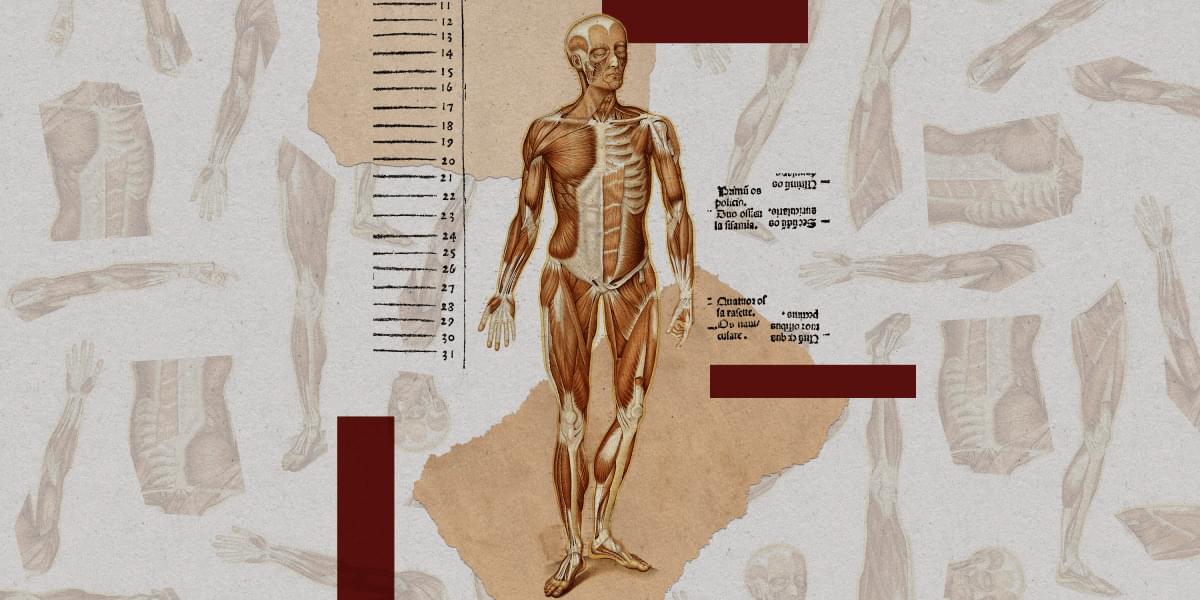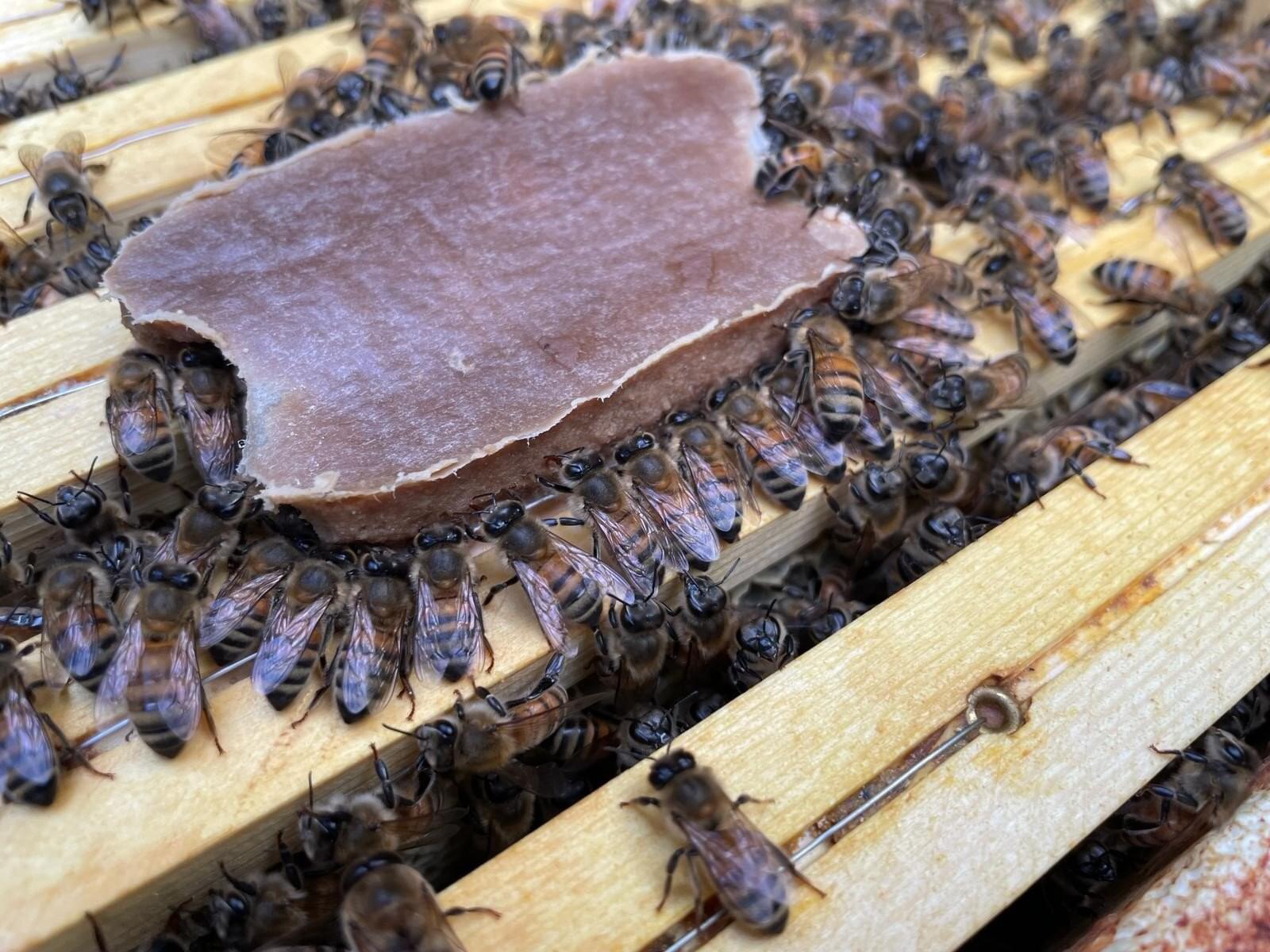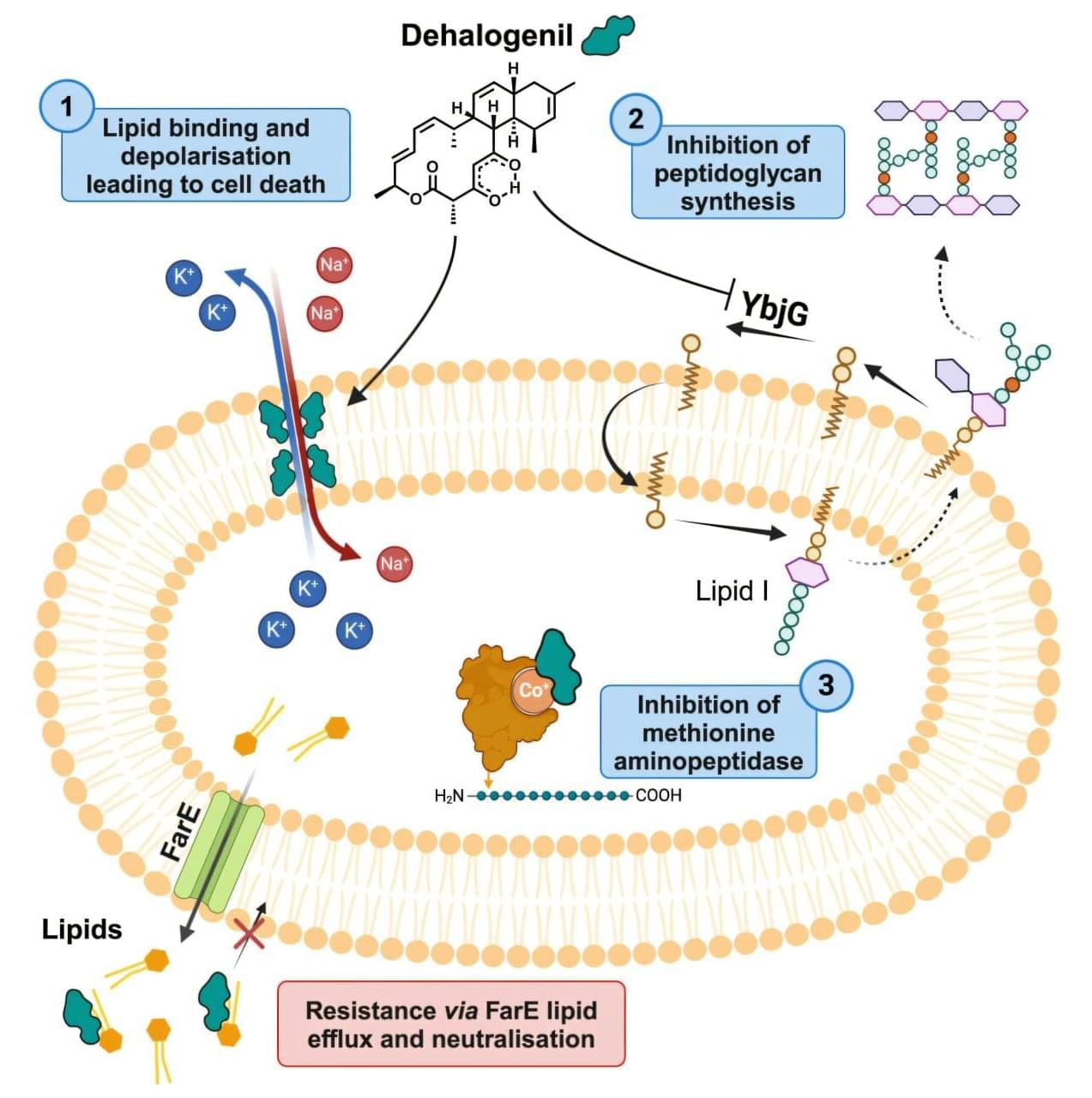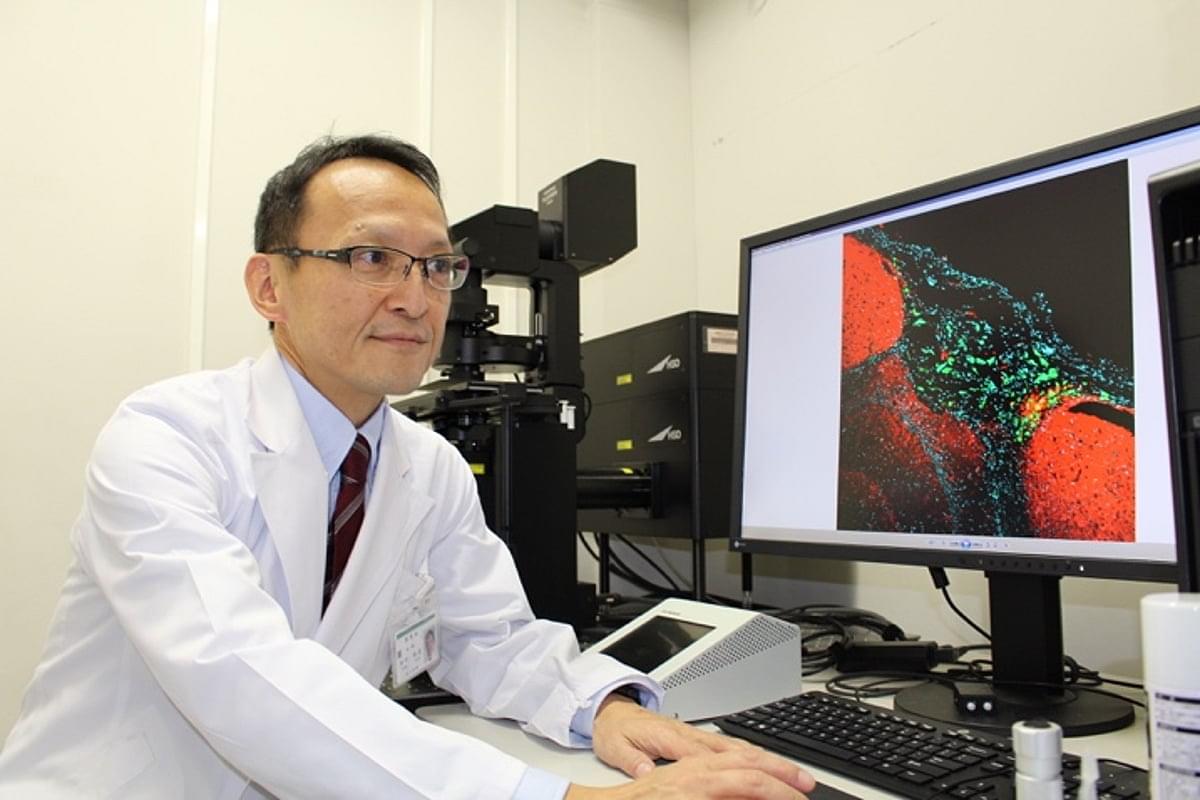Human “bodyoids” could reduce animal testing, improve drug development, and alleviate organ shortages.



Scientists have unveiled a new food source designed to sustain honey bee colonies indefinitely without natural pollen.
Published in the journal Proceedings of the Royal Society B, the research from Washington State University and APIX Biosciences NV in Wingene, Belgium, details successful trials where nutritionally stressed colonies, deployed for commercial crop pollination in Washington state, thrived on the new food source.
This innovation, which resembles the man-made diets fed to livestock and pets all their lives, contains all the nutrients honey bees need. It’s expected to become a potent strategy for combating the escalating rates of colony collapse and safeguarding global food supplies reliant on bee pollination.

A team of researchers at UCL and UCLH have identified the key brain regions that are essential for logical thinking and problem solving.
The findings, published in Brain, help to increase our understanding of how the human brain supports our ability to comprehend, draw conclusions, and deal with new and novel problems—otherwise known as reasoning skills.
To determine which brain areas are necessary for a certain ability, researchers study patients with brain lesions (an area of damage in the brain) caused by stroke or brain tumors. This approach, known as “lesion-deficit mapping,” is the most powerful method for localizing function in the human brain.

The development and spread of antibiotic resistance represents one of the greatest threats to global health. To overcome these resistances, drugs with novel modes of action are urgently needed.
Researchers at the Helmholtz Institute for Pharmaceutical Research Saarland (HIPS) have now uncovered the mode of action of a promising class of natural products—the chlorotonils. These molecules simultaneously target the bacterial cell membrane and the bacteria’s ability to produce proteins, enabling them to break through resistance. The team published its findings in Cell Chemical Biology.
The more frequently antibiotics are used, the faster pathogens evolve mechanisms to evade their effects. This leads to resistant pathogens against which common antibiotics are no longer effective. To ensure that effective treatments for bacterial infections remain available in the future, antibiotics that target different bacterial structures than currently approved drugs are essential.




Driven by genetic and environmental factors, aging is a physiological process responsible for age-related degenerative changes in the body, cognitive decline, and impaired overall wellbeing. Notably, premature aging as well as the emergence of progeroid syndromes have posed concerns regarding chronic health conditions and comorbidities in the aging population. Accelerated telomere attrition is also implicated in metabolic dysfunction and the development of metabolic disorders. Impaired metabolic homeostasis arises secondary to age-related increases in the synthesis of free radicals, decreased oxidative capacity, impaired antioxidant defense, and disrupted energy metabolism. In particular, several cellular and molecular mechanisms of aging have been identified to decipher the influence of premature aging on metabolic diseases. These include defective DNA repair, telomere attrition, epigenetic alterations, and dysregulation of nutrient-sensing pathways. The role of telomere attrition premature aging in the pathogenesis of metabolic diseases has been largely attributed to pro-inflammatory states that promote telomere shortening, genetic mutations in the telomerase reverse transcriptase, epigenetic alteration, oxidative stress, and mitochondrial dysfunctions. Nonetheless, the therapeutic interventions focus on restoring the length of telomeres and may include treatment approaches to restore telomerase enzyme activity, promote alternative lengthening of telomeres, counter oxidative stress, and decrease the concentration of pro-inflammatory cytokines. Given the significance and robust potential of delaying telomere attrition in age-related metabolic diseases, this review aimed to explore the molecular and cellular mechanisms of aging underlying premature telomere attrition and metabolic diseases, assimilating evidence from both human and animal studies.
Aging is defined as a physiological phenomenon driven by genetic and biological processes, which are related to the lifespan of an individual and are associated with all age-related pathologies (Li et al., 2021). The aging process increases the susceptibility of individuals to factors leading to death as they grow older. Aging is a complex multifactorial phenomenon that involves the simultaneous interaction between various factors at different levels of functional organization. The role of genetic and environmental factors is represented by the heterogenous aging phenotype across different individuals, hence, these factors influence the lifespan of an individual via the process of aging (Jayanthi et al., 2010). With the deterioration of physiological functions critical to the survival and fertility of humans, the process of aging is known to relate to the notion of natural selection (Gilbert, 2000).

Chronic pain—or pain that lasts at least three months—is closely intertwined with depression. Individuals living with pain’s persistent symptoms may be up to four times more likely to experience depression, research shows.
Almost 30% of people worldwide suffer from a chronic pain condition such as low back pain and migraines, and one in three of these patients also report co-existing pain conditions.
Now, a new study published in Science Advances shows that a person’s risk of depression increases alongside the number of places in the body in which they experience pain. Furthermore, inflammatory markers such as C-reactive protein (a protein produced by the liver in response to inflammation) help explain the association between pain and depression.

A research team at the Institute for Basic Science (IBS) has identified a previously unknown enzyme, SIRT2, that plays a key role in memory loss associated with Alzheimer’s disease (AD). The study, led by Director C Justin LEE, of the IBS Center for Cognition and Sociality, provides critical insights into how astrocytes contribute to cognitive decline by producing excessive amounts of the inhibitory neurotransmitter GABA.
Astrocytes, once thought to only support neurons, are now known to actively influence brain function. In Alzheimer’s disease, astrocytes become reactive, meaning they change their behavior in response to the presence of amyloid-beta (Aβ) plaques, a hallmark of the disease. While astrocytes attempt to clear these plaques, this process triggers a harmful chain reaction. First, they uptake them via autophagy (Kim and Chun, 2024) and degrade them by the urea cycle (Ju et al, 2022), as discovered in previous research. However, this breakdown results in the overproduction of GABA, which dampens brain activity and leads to memory impairment. Additionally, this pathway generates hydrogen peroxide (H2O2), a toxic byproduct that causes further neuronal death and neurodegeneration.